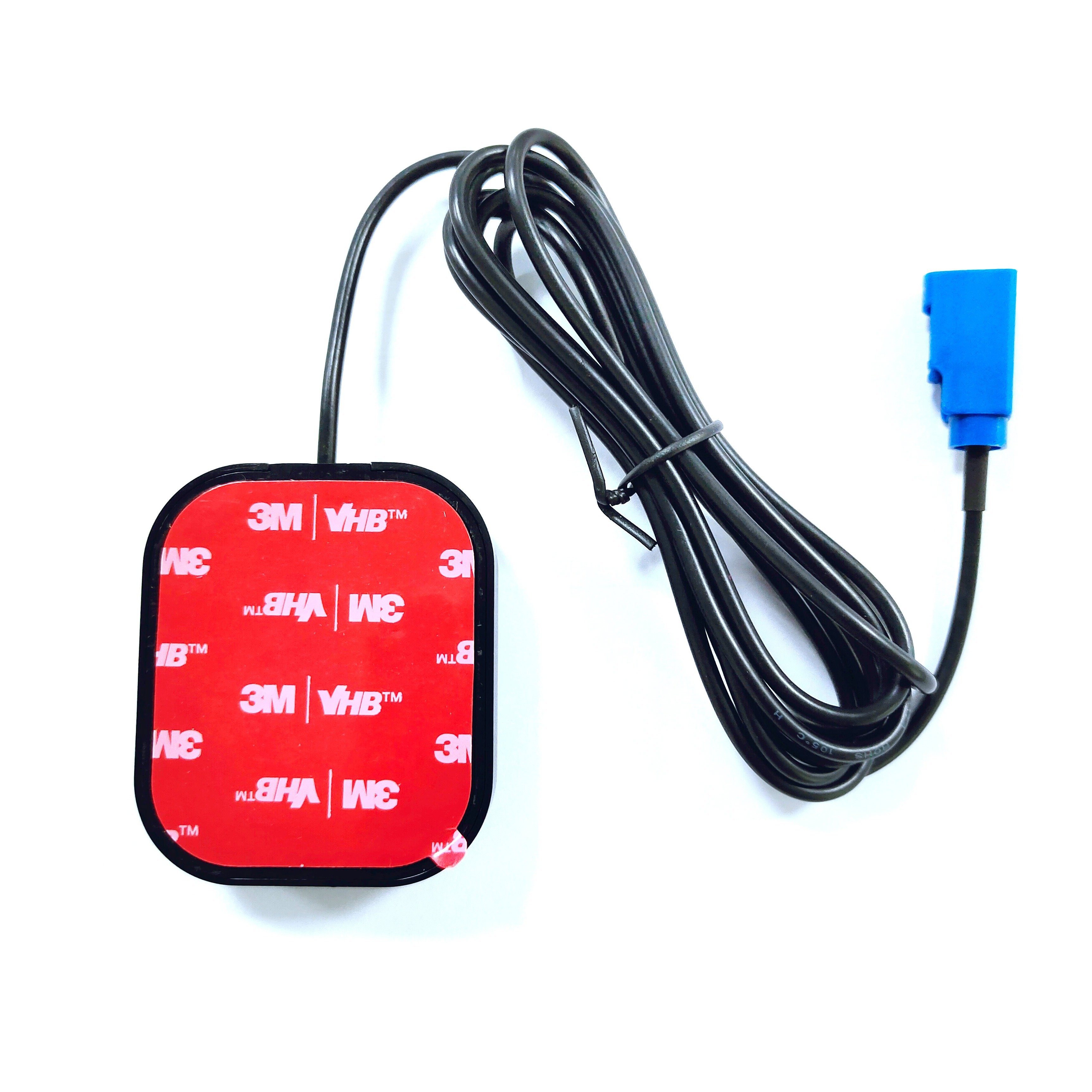Applications
Surveying and Mapping: High-precision surveying and mapping applications rely on RTK technology for centimeter-level accuracy, making integrated amplifier GNSS RTK active antennas essential tools.
Precision Agriculture: In agriculture, RTK-guided machinery enables precise planting, fertilization, and harvesting, improving crop yields and reducing waste.
Construction and Infrastructure: RTK is used in construction for layout, grading, and monitoring, ensuring that projects are completed to specification and on schedule.
Autonomous Navigation: Autonomous vehicles, drones, and robots use RTK for precise positioning and navigation, enabling safe and efficient operation in complex environments.
Geodetic and Geophysical Monitoring: RTK is employed in geodetic networks and geophysical monitoring systems to detect ground movement, tectonic activity, and other natural phenomena.
Future Trends
Miniaturization and Integration: Advances in semiconductor technology will lead to smaller, more integrated active antennas, reducing size and weight while maintaining or improving performance.
Multi-Frequency and Multi-Constellation Support: Future antennas will support an increasing number of GNSS frequency bands and constellations, enhancing position availability and accuracy in challenging environments.
Enhanced Interference Rejection: Improved filtering and signal processing techniques will make active antennas more resilient to interference from other radio frequency sources.
Low-Power and Energy-Efficient Designs: Innovations in power management and low-power electronics will reduce the power consumption of active antennas, extending battery life in portable applications.
Integration with Emerging Technologies: Active antennas will be integrated with emerging technologies such as 5G, IoT, and AI, enabling new applications and services that leverage high-precision PNT data.
6. Conclusion
The integrated amplifier GNSS RTK active antenna represents a significant advancement in GNSS technology, combining the functions of an antenna and a low-noise amplifier within a single unit to optimize signal reception and processing for RTK applications. Its enhanced signal reception, reduced noise, compact design, and improved reliability make it an essential component in high-precision surveying, agriculture, construction, autonomous navigation, and other fields. Despite challenges such as power consumption, thermal management, and interference susceptibility, ongoing innovations in design, construction, and signal processing are addressing these issues and driving the continued evolution of active antennas. As GNSS technology continues to advance, the integrated amplifier GNSS RTK active antenna will play an increasingly important role in enabling new applications and services that rely on high-precision positioning, navigation, and timing data.




































































 Language
Language
 En
En Cn
Cn Korean
Korean

 Home >
Home > 






 18665803017 (Macro)
18665803017 (Macro)













